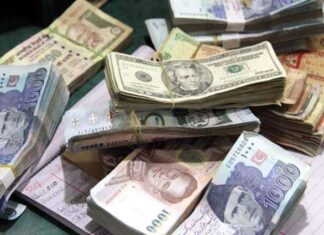Oil prices rose more than 1% on Wednesday as U.S. inventory data showed stronger-than-expected demand and traders assessed the ceasefire between Iran and Israel.
Brent crude was up 82 cents, or 1.2%, at $67.96 a barrel by 2:54 pm GMT, while U.S. West Texas Intermediate (WTI) crude gained 83 cents, or 1.3%, to $65.20. The rebound followed a sharp drop earlier in the week.
On Tuesday, Brent settled at its lowest since June 10 and WTI at its lowest since June 5.
Prices had surged after June 13 when Israel launched strikes on Iranian military and nuclear sites. Oil later hit five-month highs after the U.S. targeted Iran’s nuclear facilities over the weekend.
The latest data from the U.S. Energy Information Administration showed crude, gasoline, and distillate inventories all declined last week. Crude inventories fell by 5.8 million barrels to 415.1 million, compared with an expected draw of 797,000 barrels.
Market sentiment was also influenced by expectations that the U.S. Federal Reserve could lower interest rates soon. Lower rates can boost economic activity and increase oil demand. Fed Chair Jerome Powell suggested on Tuesday that the first rate cut of 2025 might come earlier than expected.
A set of recent U.S. data, including consumer confidence figures, has pointed to slower economic growth, strengthening views of rate cuts this year.
Meanwhile, geopolitical tensions continued to influence the market. President Donald Trump said on Wednesday that although Israel and Iran appear to have paused their conflict, the situation could flare up again. He added that his administration has not abandoned its sanctions campaign against Iran’s oil sales, though he hinted at some possible loosening of restrictions.
A preliminary U.S. intelligence review found that the recent airstrikes on Iran’s nuclear facilities only delayed its program by a few months. A ceasefire brokered by Trump appears to be holding, as both Iran and Israel lifted civilian restrictions after 12 days of conflict.
Despite the temporary calm, concerns about oil supply from the region remain. Some traders expect prices to consolidate around the $65 to $70 per barrel range as markets await more U.S. economic data and the Federal Reserve’s policy decision.























